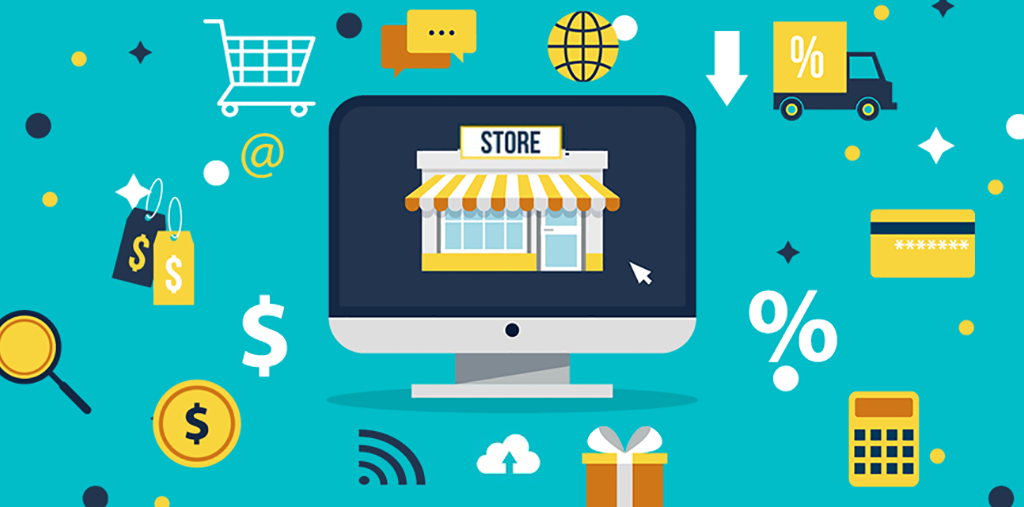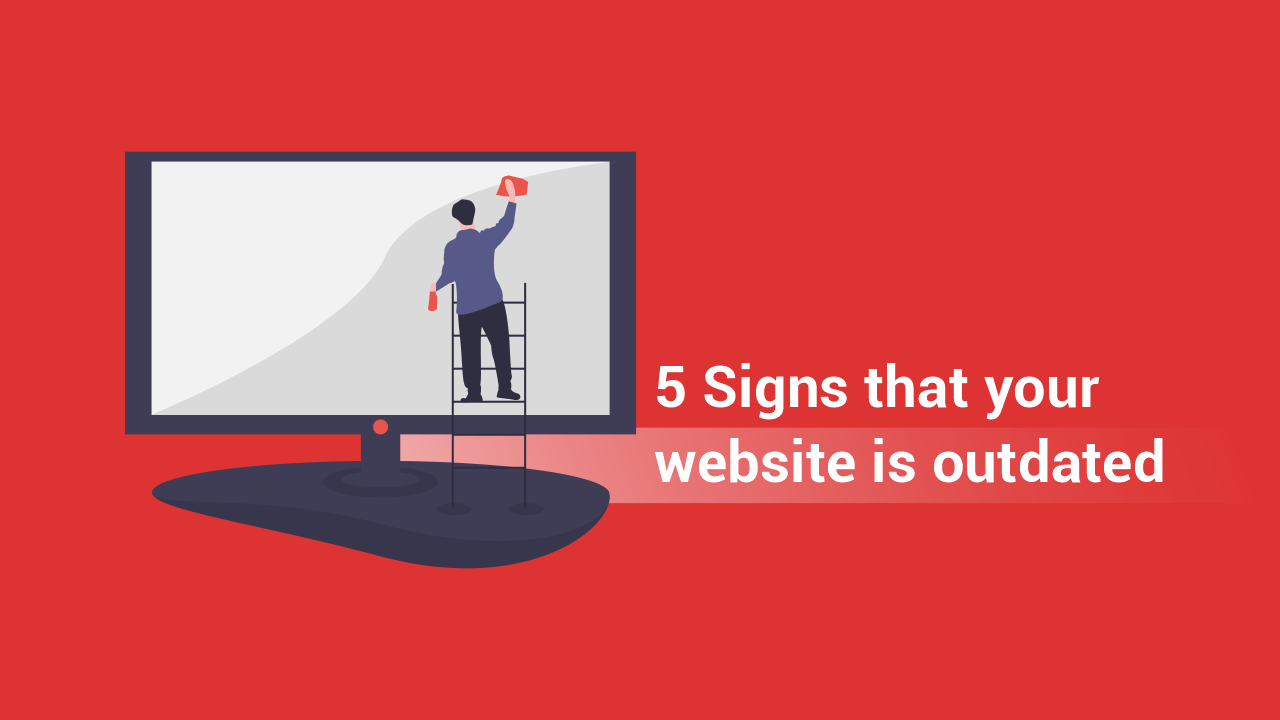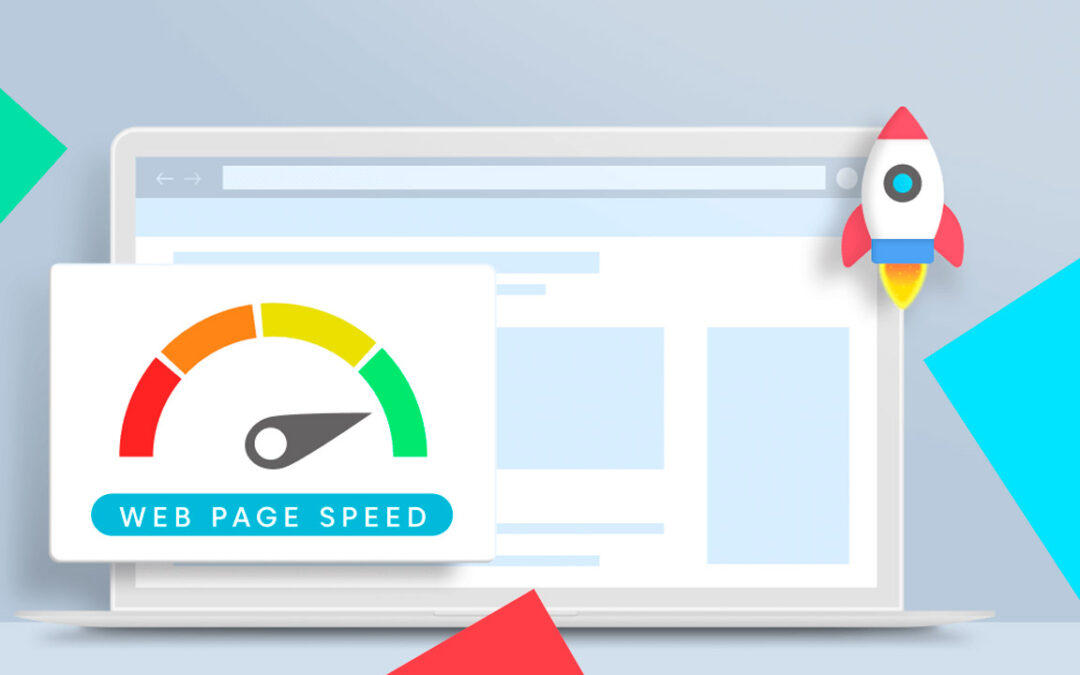Many merchants choose between selling on a marketplace and creating their own website when deciding where to sell their products online. While each option has advantages and disadvantages – and there is no one-size-fits-all solution that works perfectly for everyone – we believe that businesses that are serious about ecommerce should have their own website.
Of course, marketplaces (such as Amazon, Etsy, eBay, and Walmart Marketplace) can be excellent sales channels for many merchants, but there are some drawbacks. Customers will soon expect to be able to “research, browse, shop, and purchase seamlessly between different devices and on different platforms (like a standalone web store, an Amazon presence, etc.),” according to BigCommerce’s History of Ecommerce — a marketplace alone will not suffice.
Learn why a stand-alone ecommerce website is absolutely necessary if you want your business to last.
Why Ecommerce Websites Are Important For Retailers & Sellers in Trinidad

1. Create a customer email list and market to them directly
One of the most important benefits of owning a website is the ability to market directly to website visitors and customers. Unlike marketplaces, where people who buy your product are the marketplace’s customers, selling directly to consumers on your website allows you to collect their contact information. You can send email marketing promotions, offer discounts, and announce new products to your customers if you have their email addresses.
Because you don’t have direct access to your customers, getting repeat buyers is much more difficult on a marketplace. This means you’ll have fewer chances to provide excellent customer service and promote your other products. Because it is easier and less expensive to retain an existing customer than it is to acquire a new one, communicating with existing customers is an essential part of generating revenue for your company.
Not only do you know who has previously purchased from you, but you also know what they purchased, how much they spent, and what they are interested in. You can use this data to influence and recommend future purchases.
2. Create and strengthen your brand
When you sell your items on a marketplace, they are listed in a generic manner. There is little to no room for customization or branding, from character limits or word count restrictions to logo usage. In fact, it is the marketplace’s brand that is prominent, not yours. This makes increasing brand awareness and recognition nearly impossible.
Most visitors and customers assume your product belongs in the marketplace without even knowing you exist. In other words, people who buy your product will remember the marketplace rather than you.
Consumers should associate your product with your brand and think of your brand when they think of that category. When you run your own website, you have complete control over how it looks, what it says, and how it functions. The options are limitless. You can even reinforce your brand during the unboxing process by using custom boxes to leave a lasting impression on your customers. The best part is that you get credit for your product rather than a third-party marketplace!
3. Find out more about your target audience
Having your own ecommerce website allows you to gain a better understanding of your customers. This includes demographic information such as their location, as well as how they discovered your website and learned about you. You can analyze their website behavior, such as what they looked at and the path they took to buy from you.
If certain traffic sources are bringing in a lot of customers for your company, you can choose to concentrate your efforts and invest more money in those channels because you know they are profitable.
Not only do you learn more about your existing customers, but you can also learn where those who did not make a purchase dropped off. Perhaps it’s a product page with insufficient customer reviews or photos, or perhaps people are abandoning shopping carts due to high shipping costs.
Perhaps your homepage is confusing and lacks a user-friendly website design, or perhaps your checkout process lacks the payment methods and payment options that your target customers expect to find on your ecommerce store.
Equally important, you must use these insights to improve and optimize your website in order to increase conversions and sell more.
4. Create your own ecommerce site rules.
Running your own ecommerce store allows you to have a more direct impact on the customer journey and user experience:
- In certain areas, you can include product photos and videos.
- You have the option of changing the layout and navigation.
- You can change the color scheme and theme of the website.
- You can change the position and text of the buttons.
- You have the ability to tell the story of your company.
- You can include a blog.
- You can highlight specific customers.
Most importantly, unlike in a marketplace, you don’t have to worry about your competitors’ products appearing next to yours.
Ecommerce website builders enable you to organize your website with distinct product categories, product descriptions, product images, and any other ecommerce features that provide store owners with a customized ecommerce solution.
You can also choose how to group and price your products, as well as whether or not to offer free shipping. Customers want to believe they are getting a good deal, so offering something for free at the checkout process can influence their behavior.
It is easier to experiment with this type of offer on your own website because there are no strict rules or regulations to which you must adhere. You also don’t have to be concerned about the impact these changes will have on your conversions because you don’t owe a percentage of each sale to a third party, as you would on a marketplace. You ultimately control your storefront with a website, and you can test and validate what works for your online business.
5. Using plug-and-play ecommerce platforms has never been easier.
With the rise of out-of-the-box ecommerce platforms such as Shopify, Magento, Squarespace, and WooCommerce, building a website can be a fairly simple and quick process. with store builder plugins that make running your small business simpler than ever. With site builders that allow you to drag-and-drop ecommerce store features to your preference, you can enter your details, choose from free or low-cost templates, and create the shopping experience you want for your customers in real-time.
Several of today’s ecommerce platforms are hosted and simple to maintain, requiring no web developer or design team. These DIY tools make it simple to update content, add products, and make other changes on your own.
Once your website in Trinidad is up and running, you may find it simple to integrate it with the other software you use. Connecting your ecommerce platform to the system you use to manage order fulfillment is a common example.
Outsourcing fulfillment to a 3PL can help to streamline the flow of information by eliminating the need for you to send orders to the 3PL every day. This means that your store sends orders to your fulfillment provider automatically to begin the process of picking, packing, and shipping.
6. Execute innovative marketing campaigns
Just because you have a website does not guarantee that customers will flock to you. Once you’ve established a store, you’ll need to work hard to attract customers. The first step in acquiring customers is to drive traffic to your website using a combination of SEO strategies and a strong social media presence. Setting up the right campaigns isn’t always easy; however, you have a lot more leeway in terms of how people can find and buy from you.
Ecommerce businesses can tailor their marketing strategy to their specific audiences and shopping habits.
To reach your target audience, some common strategies include using Facebook and Google ads. You can also create content for your website by researching and incorporating keywords that people use when looking for a solution like yours. You can run promotions or flash sales to generate interest and retarget previous buyers.
According to Clutch, 37% of shoppers say discounts or coupons can entice them to return to retailers’ websites. Overall, there are numerous ways to attract people to your brand – from making videos to holding a contest – that can result in a sale.
In conclusion
Having your own website is a critical component of your ecommerce strategy. It is an excellent way to expand your brand, gain loyal customers, gain new insights, and get creative with your marketing. However, relying on a single channel for all of your sales can be risky. Diversifying your online sales channels can help you reach new customers, particularly as ecommerce becomes more competitive.
Contact us if you are interested in obtaining a fully functional e-Commerce website. Our team will be happy to help your business stand out!












0 Comments